by AudioThing
Gong Amp takes an exciting experimental amplifier from the beginnings of electronic music to the plugin world of today.
In 1932, Maurice Martenot was looking for a way to make his groundbreaking proto-synthesizer “Ondes” audible beyond what could be archived with the horns and loudspeakers of the time.
He developed a set of “diffuseurs”, of which the “Métallique” was one.
Instead of a paper cone or horn, Martenot put a gong behind the amplifier circuitry.
This seemingly simple idea resulted in resonances and brilliant overtones that excite audiences to this day.
$34.00 $59.00
In 2011, the French company Eowave took inspiration from Martenot’s invention and made their own version, the Resonator Metallik.
When we heard what our friend, Berlin composer Hainbach, did with this rare and discontinued amplifier, we knew this sound needed to be available to more than a select few.
So we made Gong Amp, our third collaboration with Hainbach since Motors and Wires.
Using a complex mixture of convolution processing, physical modeling, and feedback systems, we created an instrument that is true to the responsiveness of the original and even transcends it in terms of sound design possibilities.
Eowave built their fantastic version of Martenot’s invention from 2011 to 2018 on demand in small numbers.
Much treasured by collectors, Hainbach got the last one made especially for him from the last parts in the shop at Eowave.
Here you see it being recorded and measured in Hainbach‘s Studio. Thanks to Eowave for the support!
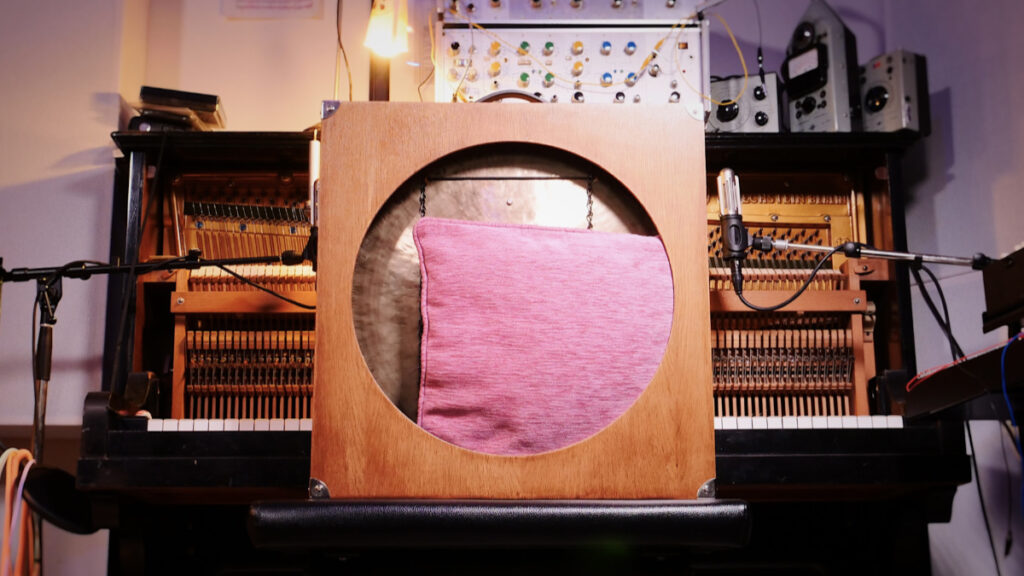
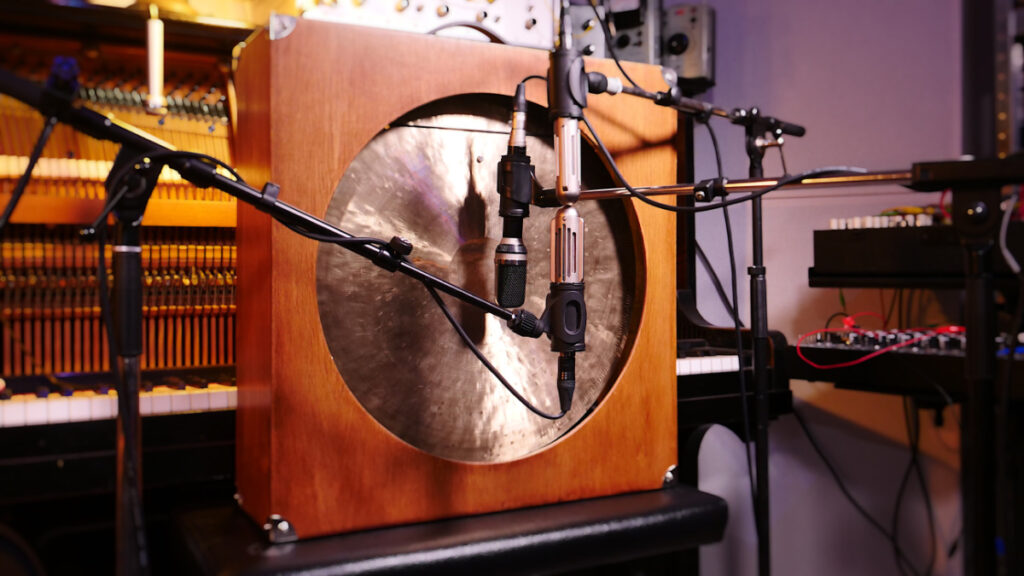
You can choose from three recording positions: mono mic, stereo mics, and a unique “resonator” effect Hainbach designed.
Try mono for a “documentary” perspective, stereo for beautiful ribbon mic width, and hear reverb feeding into reverb in “resonator” mode.
Try upping the input overdrive for added overtones, and use the soft clip for output distortions.
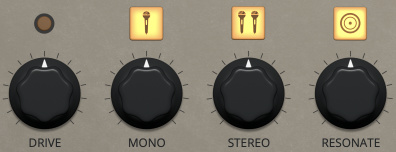
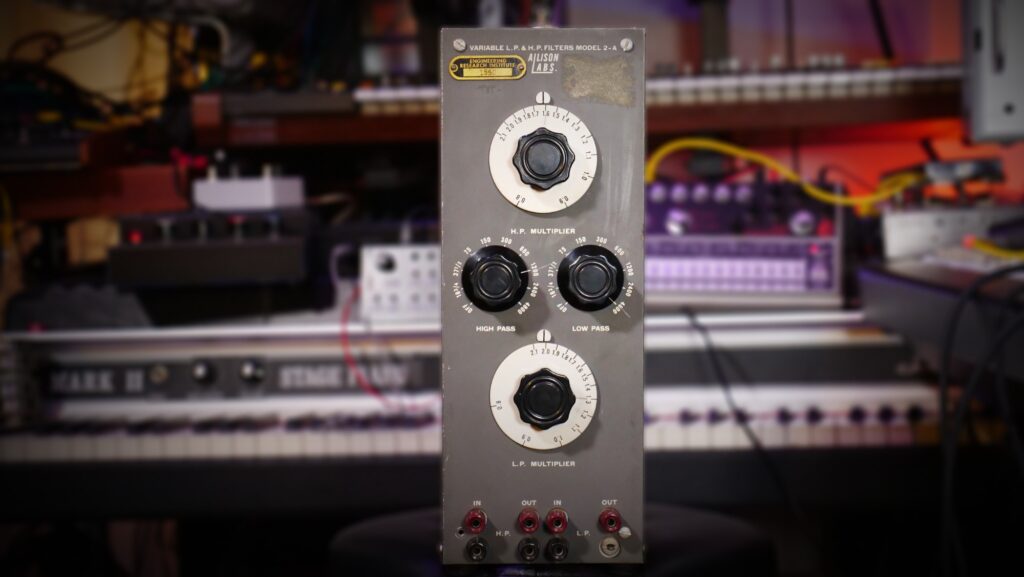
Taking a page from the experimental percussionists’ handbook, you can add thick and thin chains to the Gong.
The sympathetic rattling creates effects that range from a soft shimmer to clangorous noise.
The strength of the Métallique, its long ring, is also its weakness when playing fast: everything turns to mush.
So we added a pillow that dampens the sound and makes Gong Amp “arpeggio-approved”.
Adjust the sound of Gong Amp to your playing style.
Choose from two different gain settings on the gong with “Dynamic”.
Add modulations for a slightly more psychedelic sound.
Modulation adds liveliness as well as subtle stereo width as if the gong was swaying.
It runs both pre-Gong and post-Gong, so leave this at low setting for purity and turn it up to tune in.
Turn on “howl” to hear Gong Amp struggle beautifully when overloaded.
Experiment with extreme pitch manipulations for cinematic effects.
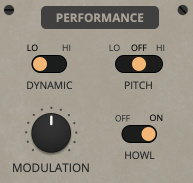
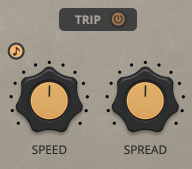
With Trip Mode, you can add automated crossfading between the three signal positions of mono, stereo and resonate.
Use spread to adjust the rhythmic shift.
From gentle drifts that last minutes to fast rotary effects, this is a sound designer’s dream.
Based out of Berlin, Germany, electro-acoustic composer and “that guy with the sweaters” Hainbach creates experimental music that is both visceral and whimsical.
Using esoteric synthesizers, test equipment and magnetic tape he creates one hell of a trip in his improvised live sets.
He shares techniques on experimental music on his YouTube channel, which has attracted a regular audience of over 100000 subscribers.
His music has been released on Seil Records, Opal Tapes, SA Recordings and misc.works.

You must be logged in to post a review.

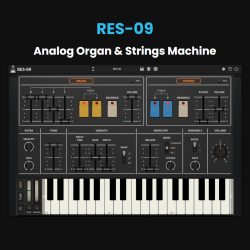
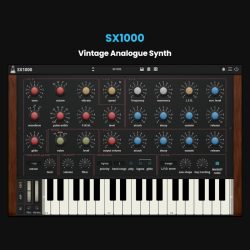
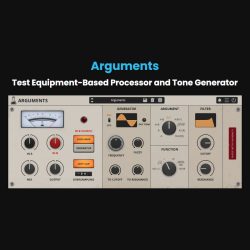
Reviews
There are no reviews yet.